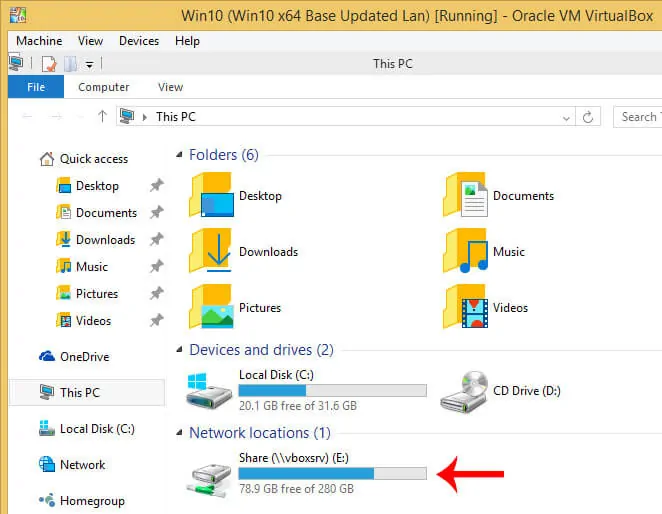
Read/Write - Users or the group can view, read, change, or delete shared item.Read - User or groups can only view and read the item that is shared.Once you have selected the users you want to share with, you can configure their permissions by clicking the arrow next to their name in the prompt. Step 2: Select the users or the groups that you want to share with. Step 1: Open File Explorer, select a folder or file and click Share tab, click Homegroup option. To share files and folders with homegroup members of your local network, follow these steps:

Each user on the PC will always be able to choose what libraries and devices to share with the homegroup. When a PC joins a homegroup, all user accounts on the PC become members of the homegroup. To join a homegroup, you will need the homegroup password, which you can get from the PC that created the homegroup or any PC already joined to the homegroup. Share files and folders by allowing access to them for your homegroupĪ Homegroup makes it easy to share pictures, music, documents, videos, and printers with other Windows computers on your local home network. When a PC creates a homegroup, the homegroup is protected with a password. Option 4: Share folder between guest and host operating system.Option 2: Sharing with other user accounts.

Another method is to share a file or folder with other existeing user accounts on your Windows PC.

The first is to share with other members of your local network we assume that you've already set up a homegroup. Need to share files and folders with other users and computers on the same network? Actually, file sharing is a very simple task, Windows 10 offers two methods to do to that, and which are quickly and easily accessible from the File Explorer panel. How to Share Files on Local Network and Stop File Sharing in Windows 10


 0 kommentar(er)
0 kommentar(er)
